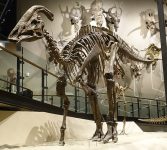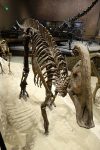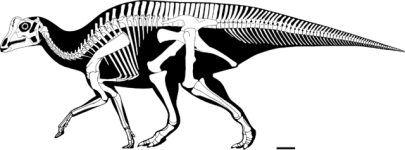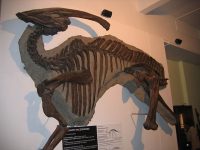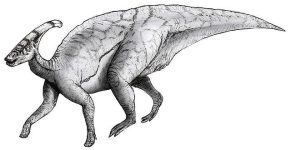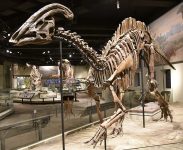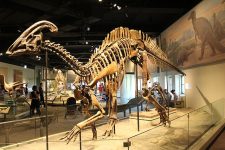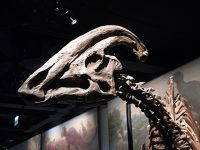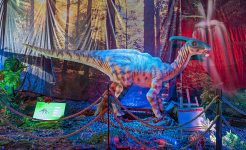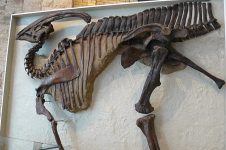Parasaurolophus
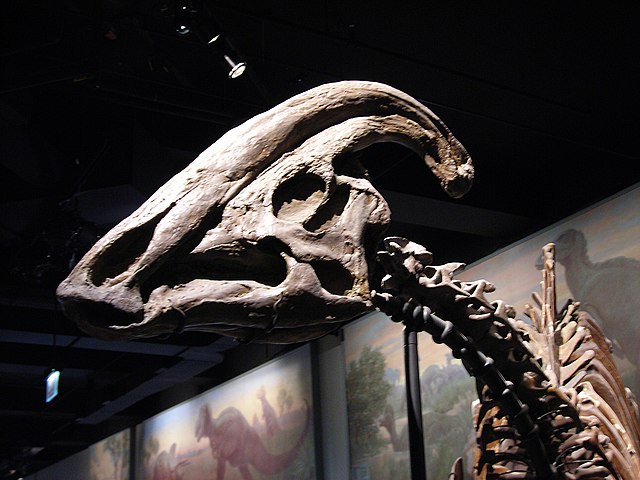
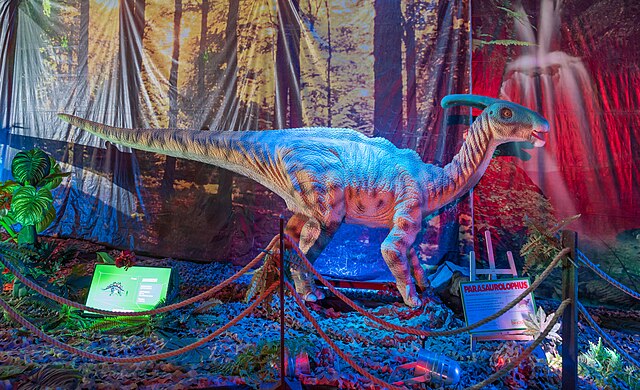
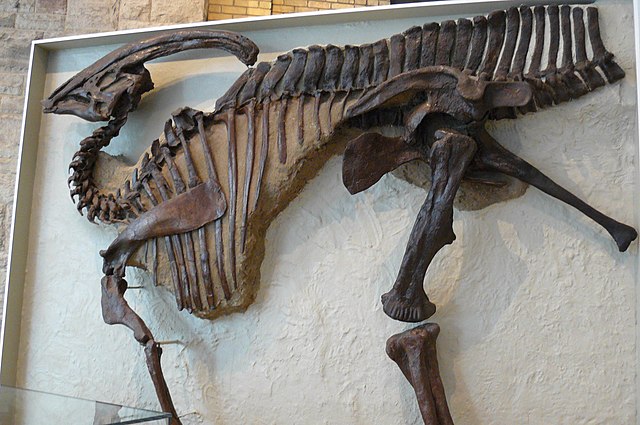
PARASAUROLOPHUS
Parasaurolophus dinosaurs, specifically referring to the genus Parasaurolophus within the broader group of hadrosaurid dinosaurs, are known for their distinctive cranial crests. Here are some detailed aspects about Parasaurolophus dinosaurs:
SIZE AND ANATOMY:
- Cranial Crest: The most distinctive feature of Parasaurolophus is its long, backward-extending crest that protrudes from the back of its skull. This crest was hollow and tubular, suggesting it may have had a resonating function, possibly for communication or display purposes.
- Body Size: Adult Parasaurolophus individuals reached lengths of around 30 feet (9 meters) and weighed up to 2-3 tons.
- Herbivorous Diet: Like other hadrosaurs, Parasaurolophus was herbivorous, feeding on a variety of vegetation such as ferns, cycads, and conifers.
BEHAVIOR AND ECOLOGY
- Social Structure: Parasaurolophus likely lived in herds, a common behavior among hadrosaurs, which provided protection against predators.
- Paleoenvironment: They inhabited floodplain and coastal environments in North America during the Late Cretaceous period, approximately 76 to 73 million years ago. These areas were characterized by rivers, streams, and lush vegetation.
FOSSILS AND DISCOVERY:
- The first Parasaurolophus fossils were discovered in 1920 in North America (specifically in what is now Alberta, Canada and New Mexico, USA). Its name, Parasaurolophus, means “near crested lizard,” referring to its close relation to other crested dinosaurs.
CLASSIFICATION
- Order: Ornithischia – Parasaurolophus is classified under the order Ornithischia, which includes various herbivorous dinosaurs with a bird-like hip structure.
- Suborder: Ornithopoda – Within the order Ornithischia, Parasaurolophus is specifically classified under the suborder Ornithopoda, which includes bipedal or quadrupedal herbivorous dinosaurs.
- Family: Hadrosauridae – Parasaurolophus belongs to the family Hadrosauridae, also known as duck-billed dinosaurs.
- Genus: Parasaurolophus – Parasaurolophus is the genus name, referring specifically to these dinosaurs with distinctive cranial crests.
- Species: There are two recognized species within the genus Parasaurolophus:
- Parasaurolophus walkeri
- Parasaurolophus tubicen
FUN FACTS:
- Elaborate Cranial Crest: Parasaurolophus is famous for its long, tubular cranial crest that extended backward from its skull. This crest could reach lengths of up to 6 feet (1.8 meters) in some individuals and was likely used for communication through vocalizations, amplifying sound, or for display purposes.
- Acoustic Abilities: Scientists have hypothesized that the hollow crest of Parasaurolophus acted like a resonating chamber, allowing it to produce low-frequency sounds. This could have been used for communication within the herd, attracting mates, or possibly warning of danger.
- Herbivorous Diet: Like other hadrosaurids, Parasaurolophus was herbivorous, feeding on ferns, horsetails, cycads, and other plants that were abundant during the Late Cretaceous period. Its teeth were specialized for grinding tough plant material.
- Social Behavior: Parasaurolophus likely lived in herds for protection against predators. Fossil evidence suggests that they traveled in groups, which would have helped them defend against carnivorous dinosaurs like Tyrannosaurus rex.
